New Delhi: The Indian government has approved the Chandrayaan-5 mission, which will be developed in collaboration with Japan, ISRO Chairman V Narayanan announced on 16 March.
Unlike its predecessor, Chandrayaan-3, this mission will carry a significantly heavier 250 kg rover to study the Moon’s surface.
Narayanan, who also serves as the Secretary of the Department of Space, made the announcement while being felicitated for his new role as ISRO Chairman. He highlighted India’s growing lunar ambitions and ongoing collaborations for future space exploration.
India’s Expanding Lunar Missions
India has been progressively advancing its lunar exploration capabilities since the launch of Chandrayaan-1 in 2008. That mission conducted chemical, mineralogical and photo-geologic mapping of the Moon.
The 2019 Chandrayaan-2 mission was partially successful, with its orbiter continuing to send high-resolution images despite the lander’s failure.
Chandrayaan-3, launched in 2023, achieved a successful soft landing near the lunar south pole, a milestone for India’s space program. The upcoming Chandrayaan-4 mission, expected in 2027, aims to collect and return lunar samples.
India-Japan Collaboration for Chandrayaan-5
ISRO’s approval for Chandrayaan-5 marks a step toward deeper international collaboration in space research. While specific details of Japan’s role remain undisclosed, the partnership signals a strategic push toward advanced lunar studies.
In addition to lunar missions, ISRO is preparing for the Gaganyaan human spaceflight program and plans to establish India’s own space station, Bharatiya Space Station, in the coming years.
With Chandrayaan-5, India is set to further strengthen its position in global space exploration, leveraging international partnerships for technological advancements in planetary research.


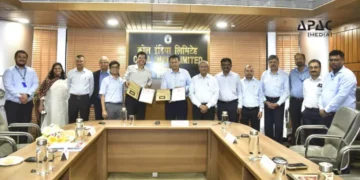
















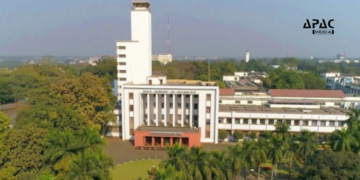

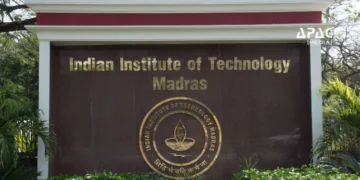



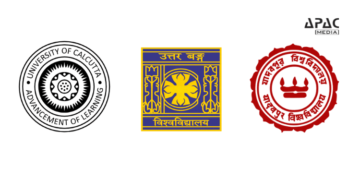





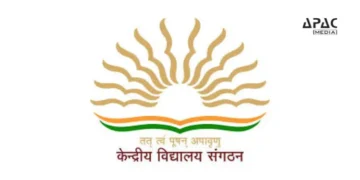



















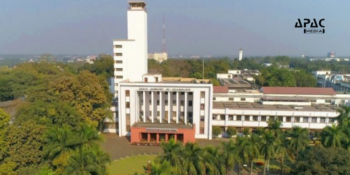









Discussion about this post